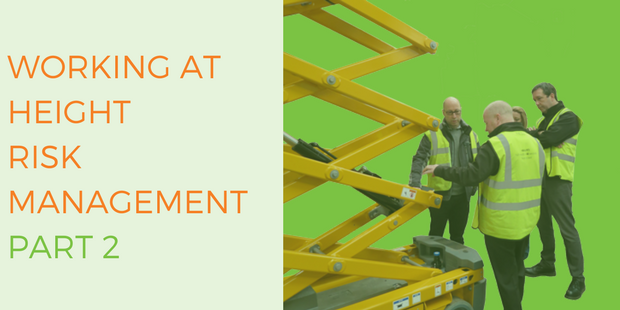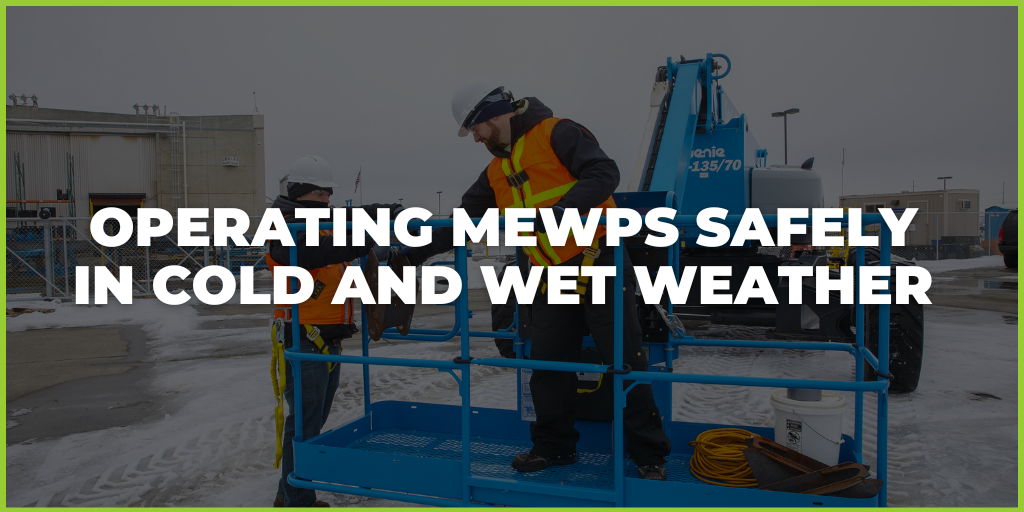In the first part of this 2 part blog we looked at how to identify hazards and who might be harmed. If you missed part one, you can read the blog here. In part two we will cover how to assess the effect of the risk, how to construct a risk assessment, and how often it should be reviewed.
Evaluating the risk
Once you have identified the hazards, consider how likely it is to happen. It is impossible to remove all risk, but where the likelihood of significant harm is high, there is an expectation that they are managed responsibly. From a legal perspective that means doing everything ‘reasonably practicable’.
The two questions you should be asking yourself are:
- Can I remove the hazard altogether?
- If I can’t, how can I manage the risks to ensure the chance of harm is low?
Risk Assessment
A risk assessment should be a fairly simple document that can be clearly understood and reflects the risks. It should cover the following:
- A description of the hazard
- Who could be harmed and how
- What is already being done about it
- Can anything more be done to control the risk
- Who is the action owner and by when should it be done
Reviewing the Risk Assessment
Each organisation is different, as are the situations they work in. Therefore the regularity of reviewing risk assessments will differ. However, it is important to understand that a risk assessment should be a living document and the following should be considered:
- Have there been major changes?
- Are there further possible improvements?
- Have workers or other stakeholders raised an issue?
- Have there been any accidents or near misses?
It is a legal obligation for risk assessments to be kept up to date.
We've also created a Risk Assessment Template. The risk Assessment template is written by IOSH qualified Safety Professionals, delivered in both MS Word and Adobe PDF format ready for you to download and start editing straight away.
In Summary
In part two of this blog series we have discussed how to evaluate risks, to capture them in the form of a risk assessment, and how frequently to review the risks. The main takeaway is that the responsibility of a business is to manage risks as is ‘reasonably practicable’ – in reality this means taking action proportionate to the likelihood and level of harm that could be caused.
Struggling to understand the risks on your site? We offer a full site survey and risk assessment service, to help you find the right working at height solution for your needs.






